Introduction
Firstly let me state up-front that I absolutely love the Sony WH1000xm2 headphones. Whilst I'm more than comfortable with the notion that there may well be better, more accurate headphones out there, I just love the sound character of the Sony's.

The only problem that I have with them is their fit. I know that there are some people who can get their ears to fit inside the ear cups but that's just not going to happen with me. As a result they tend to start to get uncomfortable after about 30 minutes of use. Whilst I'm aware that this is very much a First World Problem, it's something that bugs me nonetheless .
I've been aware of the Dekoni's for quite some time but always felt that they were prohibitively expensive - bordering on downright decadent considering what the raw materials cost has to be. However curiosity and a few extra quid in my bank this month tipped the balance - so I ordered the Pleather version. I’m based in the UK and so ordered them from Mark Dolbear at Electromod https://www.electromod.co.uk They arrived next day - many thanks for the prompt service Mark.
Fitting
Removing the old pads is pretty easy. A fairly firm twisting motion upwards on one side does the trick. I found that installing the new pads required a fair amount of pressure to get them to click into place - once in place, gently pulling straight up all the way around the pads is a good way to ensure they're fitted correctly. There's no problems getting the headphones to fit in the case with the new pads on.
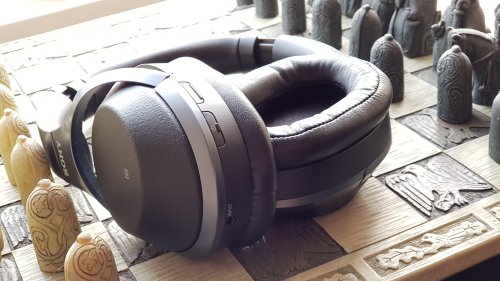
Fit and Feel
The Dekoni's definitely feel plusher than the original pads. They kind of remind me of the massive headphones of yesteryear - like sinking into a bath of custard. I wouldn’t describe the fit as overly ‘roomy’ but it’s definitely an improvement on the original pads. I still find myself making micro adjustments to the fit from time to time - but I suspect that this is more a case of me getting used to the new feel - none of my other headphones fit like these do.
Effect On Sound/Noise Cancelling
The good news is that these pads don’t really make much of a change to the character of the sound. Perhaps the sound stage is very slightly deepened but it’s a pretty subtle effect. To be honest, I rarely use the active noise cancelling on the Sony’s as I’m usually listening to them at home and it’s simply not required. I honestly can’t say that I’ve noticed a difference when I did try it though.

Conclusion
Let’s face it. These are damned expensive. I was very hesitant to purchase these simply because I felt that they were poor value for money. The truth is that these pads improve the comfort of the Sony WH1000xm2’s considerably. Whether this is worth the £50 that they cost is very much down to personal preference. For me, the Sony’s are one of the nicest headphones I have ever heard. I always keep them in their case when they’re not being used and I would be heartbroken if anything happened to them. The only thing that I really didn’t like was their uncomfortable fit and these pads definitely address this - and they do it very nicely indeed. Highly recommended. One star removed because of price.
Firstly let me state up-front that I absolutely love the Sony WH1000xm2 headphones. Whilst I'm more than comfortable with the notion that there may well be better, more accurate headphones out there, I just love the sound character of the Sony's.

The only problem that I have with them is their fit. I know that there are some people who can get their ears to fit inside the ear cups but that's just not going to happen with me. As a result they tend to start to get uncomfortable after about 30 minutes of use. Whilst I'm aware that this is very much a First World Problem, it's something that bugs me nonetheless .
I've been aware of the Dekoni's for quite some time but always felt that they were prohibitively expensive - bordering on downright decadent considering what the raw materials cost has to be. However curiosity and a few extra quid in my bank this month tipped the balance - so I ordered the Pleather version. I’m based in the UK and so ordered them from Mark Dolbear at Electromod https://www.electromod.co.uk They arrived next day - many thanks for the prompt service Mark.
Fitting
Removing the old pads is pretty easy. A fairly firm twisting motion upwards on one side does the trick. I found that installing the new pads required a fair amount of pressure to get them to click into place - once in place, gently pulling straight up all the way around the pads is a good way to ensure they're fitted correctly. There's no problems getting the headphones to fit in the case with the new pads on.

Fit and Feel
The Dekoni's definitely feel plusher than the original pads. They kind of remind me of the massive headphones of yesteryear - like sinking into a bath of custard. I wouldn’t describe the fit as overly ‘roomy’ but it’s definitely an improvement on the original pads. I still find myself making micro adjustments to the fit from time to time - but I suspect that this is more a case of me getting used to the new feel - none of my other headphones fit like these do.
Effect On Sound/Noise Cancelling
The good news is that these pads don’t really make much of a change to the character of the sound. Perhaps the sound stage is very slightly deepened but it’s a pretty subtle effect. To be honest, I rarely use the active noise cancelling on the Sony’s as I’m usually listening to them at home and it’s simply not required. I honestly can’t say that I’ve noticed a difference when I did try it though.

Conclusion
Let’s face it. These are damned expensive. I was very hesitant to purchase these simply because I felt that they were poor value for money. The truth is that these pads improve the comfort of the Sony WH1000xm2’s considerably. Whether this is worth the £50 that they cost is very much down to personal preference. For me, the Sony’s are one of the nicest headphones I have ever heard. I always keep them in their case when they’re not being used and I would be heartbroken if anything happened to them. The only thing that I really didn’t like was their uncomfortable fit and these pads definitely address this - and they do it very nicely indeed. Highly recommended. One star removed because of price.




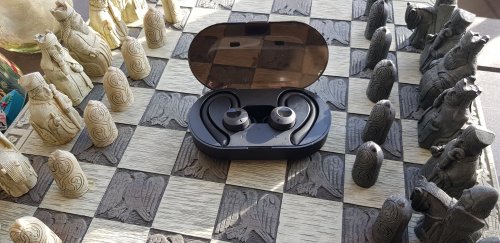





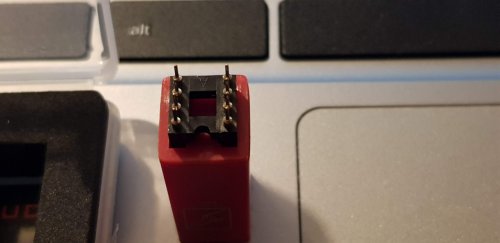



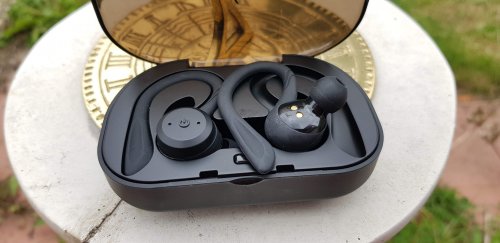



























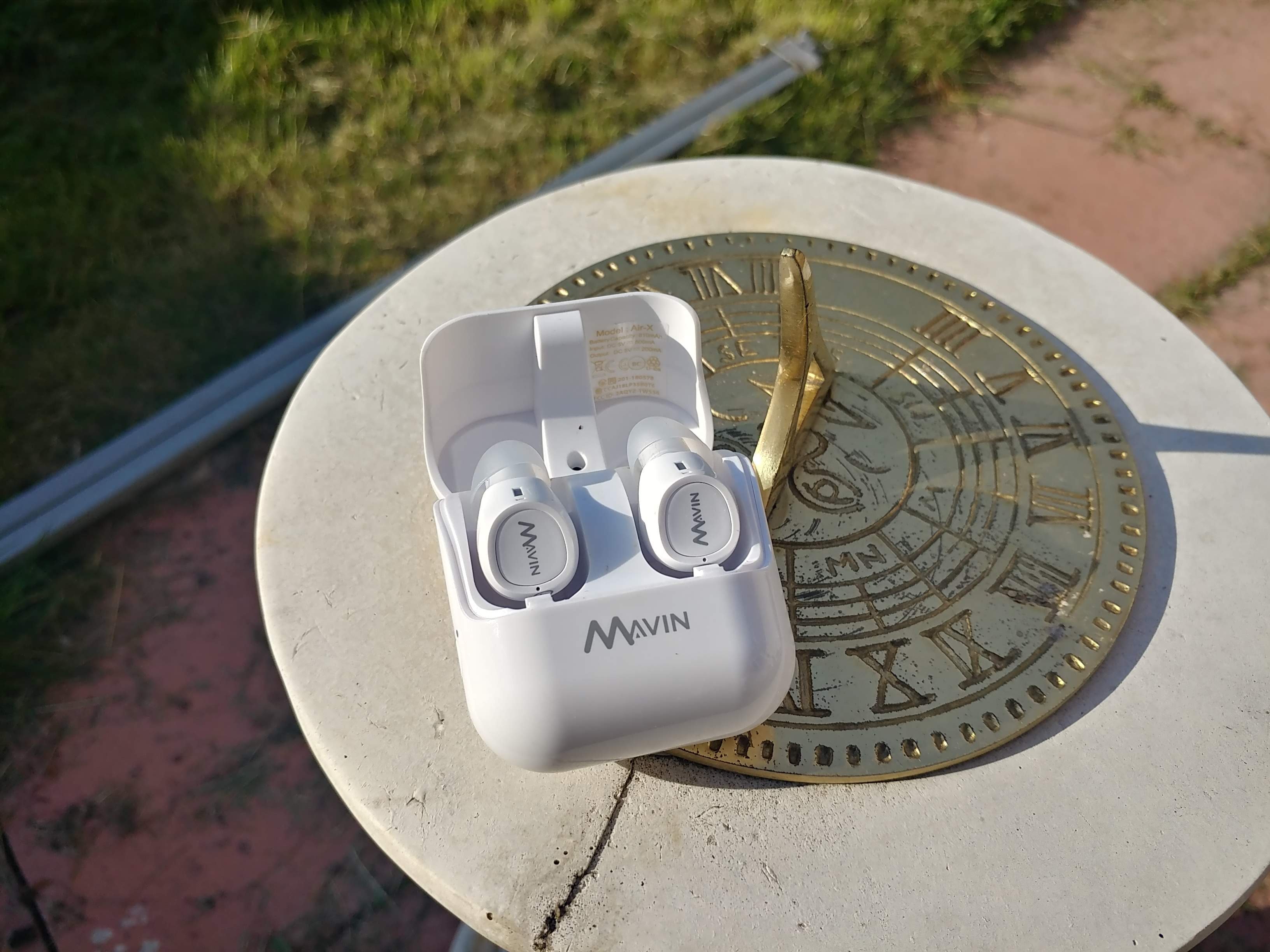






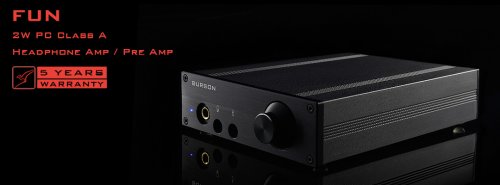











































But in the image of the back box you posted it says it have APTX.